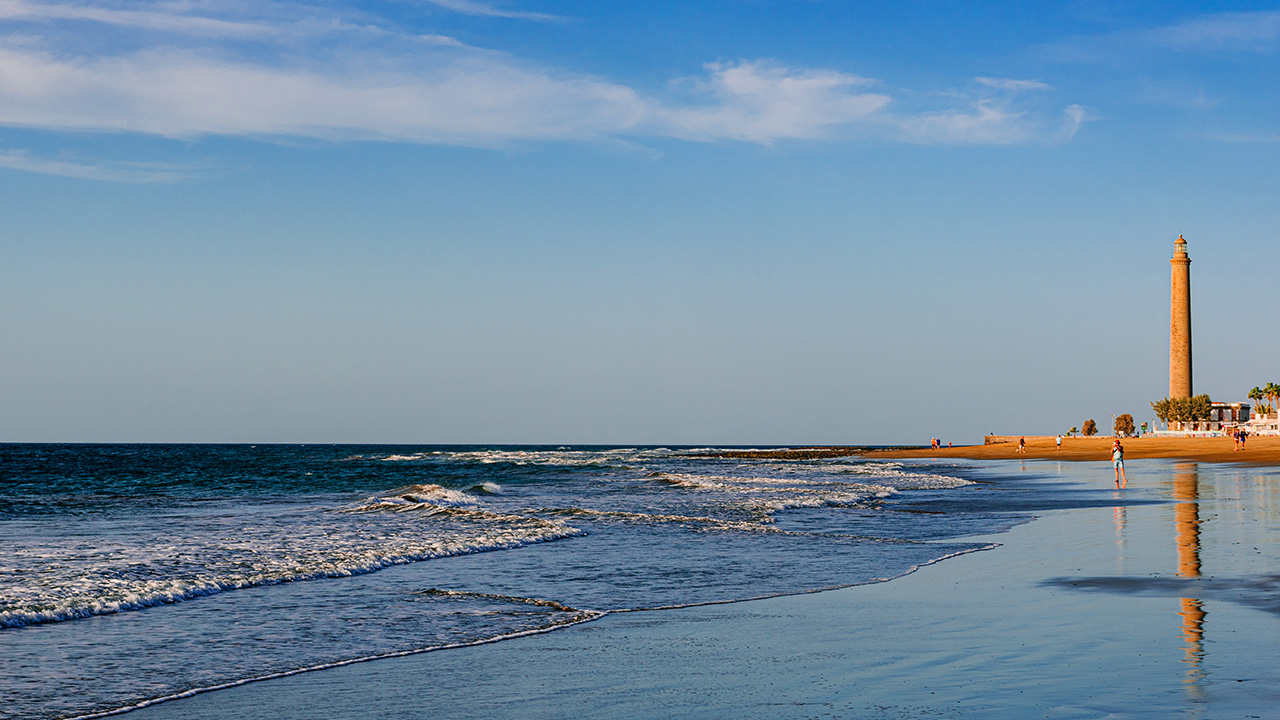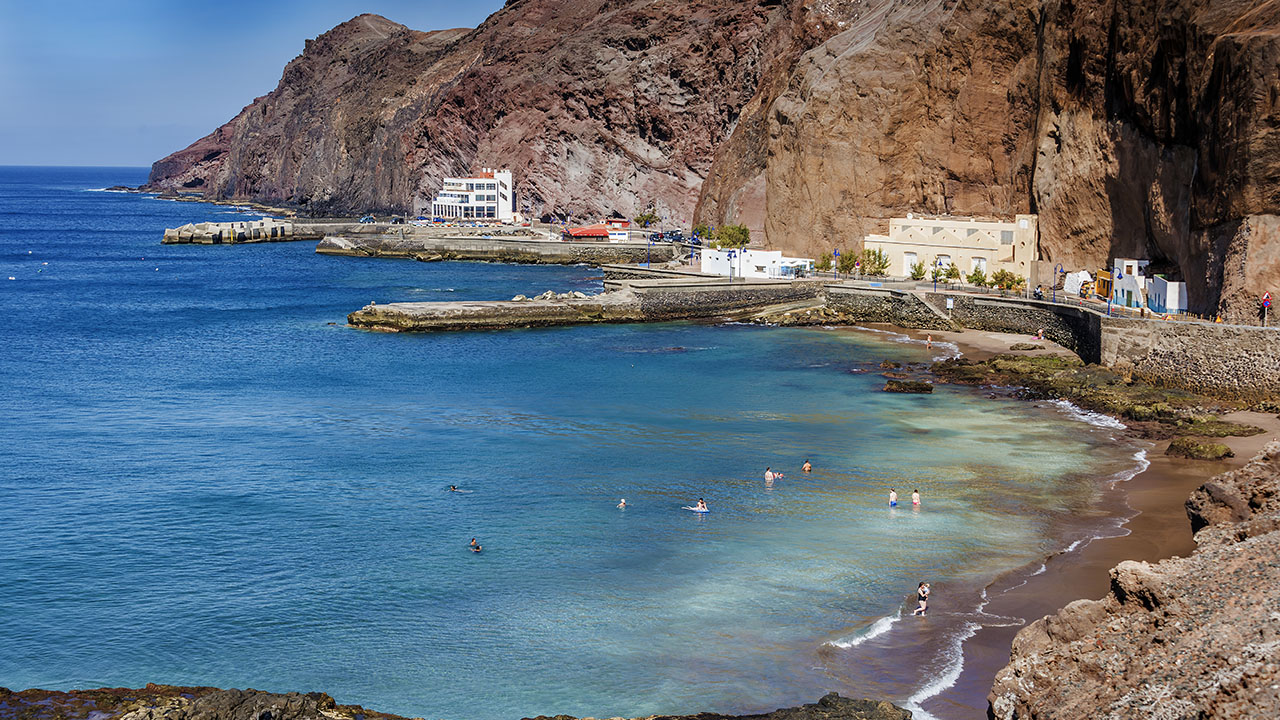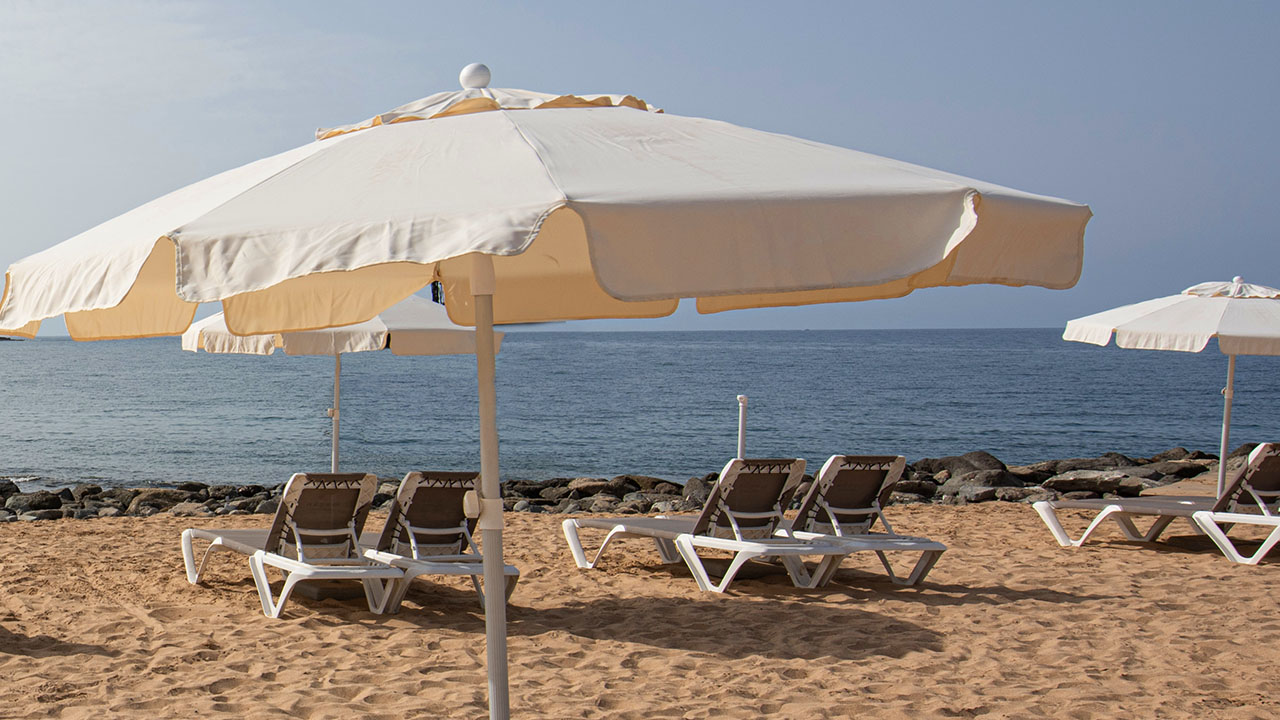The Ethnographic Centre at Maspalomas Lighthouse, how an island is made
The exhibition rooms propose a route around Gran Canaria’s traditional crafts featuring more than a thousand objects and reflecting the island’s social transformations.
Before light, there was stone. Oxen and camels were used to bring basalt blocks down to the coast from the Fataga ravine so that master craftsmen could turn them into the building blocks for the Maspalomas Lighthouse, demonstrating the type of technical perfection that still astounds us today. Their hands crafted the idea captured on paper by the engineer Juan de León y Castillo. On 1st February 1890, the lighthouse projected its first beam that would have been impossible without the knowledge and hard graft of workmen who knew how to transform those million-year-old rocks into pure progress.
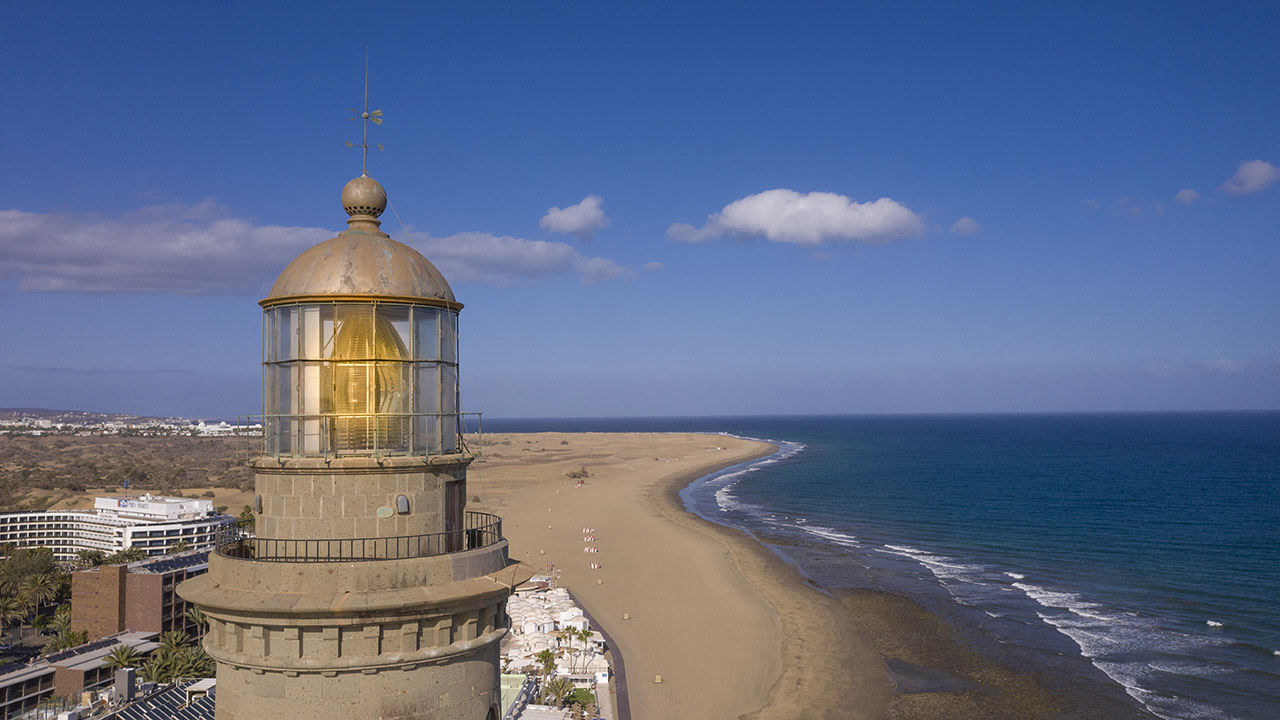
It is thereby entirely logical that the Maspalomas Lighthouse Ethnographic Centre should shine a light on the men and women who literally shaped life in Gran Canaria with everything they found within their grasp. The facilities propose a route around Gran Canaria’s traditional crafts featuring over one thousand objects. This exhibition also reflects changes in society covering the aborigine period and above all major transformations from the Castillian conquest onwards.
Way up high, more than fifty metres above us, the lighthouse continues projecting its light beams that stretch almost twenty miles into the Atlantic nights. At its base, the Ethnographic Centre’s various exhibition rooms and audiovisual projections illuminate our knowledge.
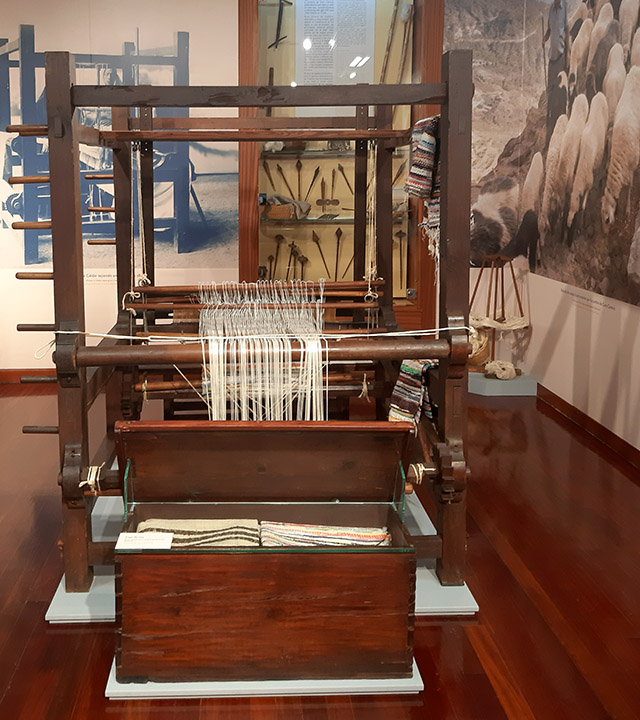
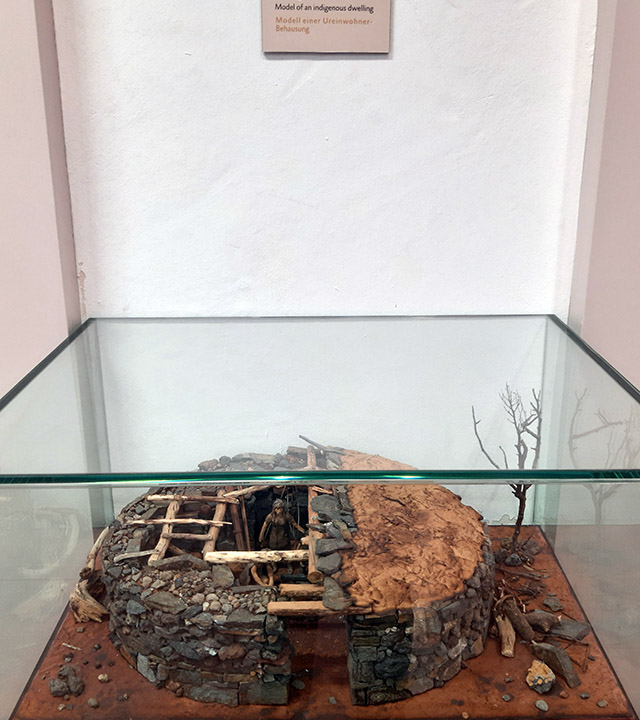
The imprint of Gran Canaria’s evolution is etched into the mud, in the objects that Gran Canaria’s ancient population made entirely by hand, before the new colonists contributed their potters’ wheels to make ceramics. The island’s volcanic origin provided a wide variety of rocks, and the profession of quarry worker or stone carver was forged in the dust of the quarries. Until they became official, each one had to chisel out their future.
Gran Canaria also carved out what it has been and what it is today. Carpentry is a mirror into which we stare. In this mirror, the island sees its past, with the wooden beams used by its ancestors. It looks out to sea, spotting large and small boats made by carpenters on the shore, ploughing furrows in its memory, and in the present day of the midlands and the summits, it sees farm implements and barrels used to age its wine.
The Ethnographic Centre includes models that reveal the diversity of the craft objects kept in traditional homes according to their wealth. In more humble homes, many of them basically caves fitted out to live in, there was barely a pallet, a chest, matting on which to eat and sleep, scarce ceramic vessels or tin lamps that lit up even the darkest nights.
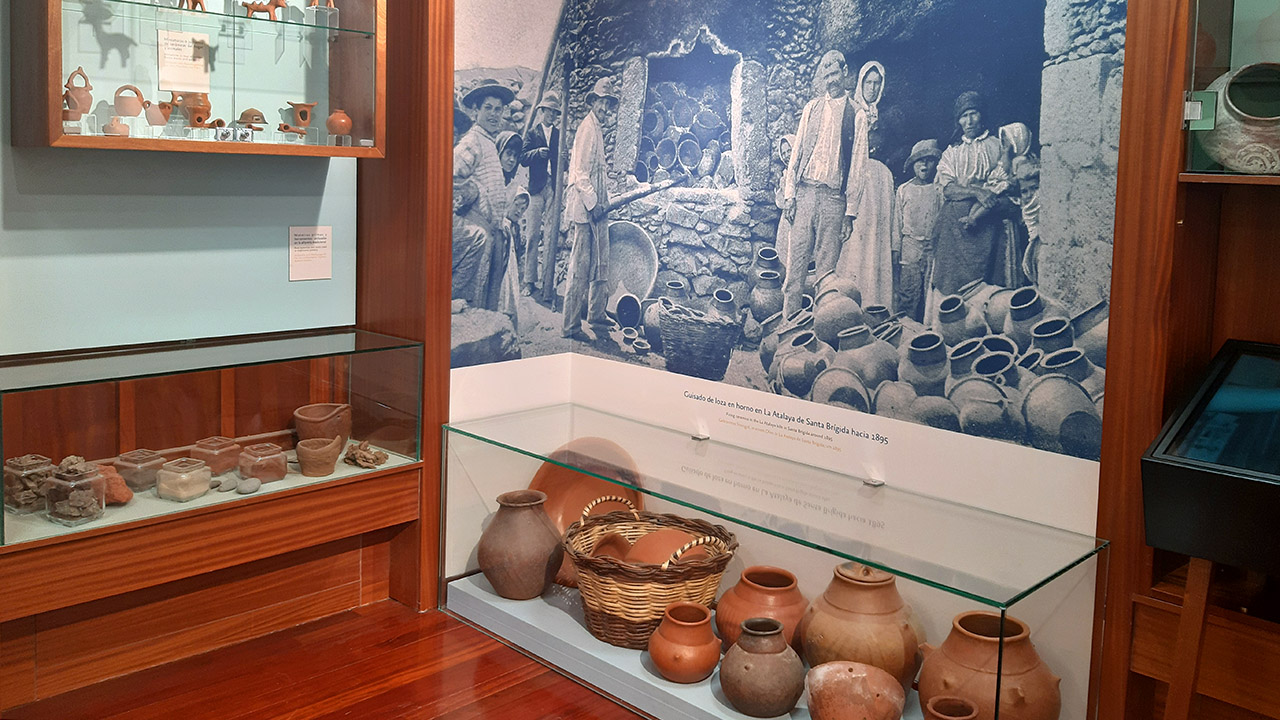
These facilities, a welcome addition to the cultural and leisure attractions in the south of Gran Canaria, also exhibit crafts using plant fibres by people who used to make baskets, espadrilles and even cages. Their raw material was and is cane, palm leaves, wicker, reeds, ryegrass or laburnum plus hemp fibre.
Skins were not only used for making clothes, but were also the basis for footwear, harnesses for horses, musical and farming instruments, collars for dogs, goats and sheep or the famous leather pouches, not only a utensil but also a distinguishing feature where the gofio grain was kneaded and, if they are large enough, used by shepherds to carry belongings. Rabbit and camel skins were also used to make hats and other skins made shoes because a person is kitted out from their feet to their head just like Gran Canaria begins on its coastline and ends up on its summit.
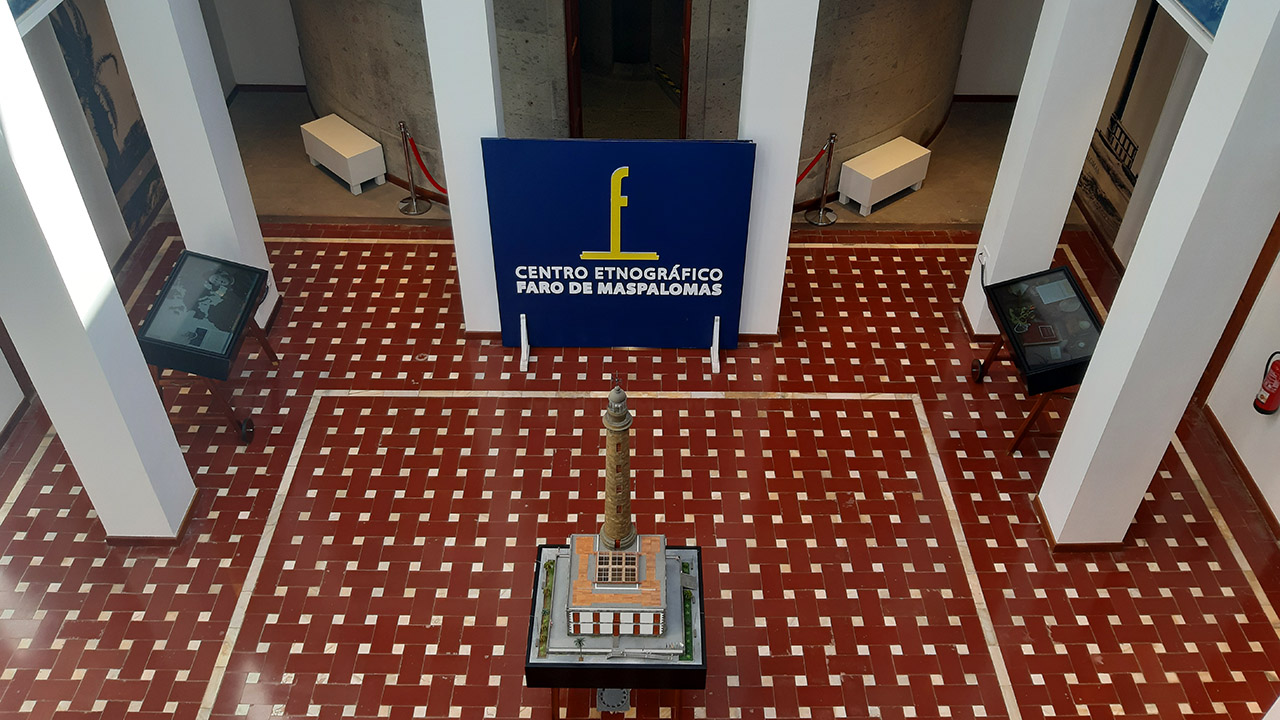
One of the rooms is dedicated to how the island was viewed from the outside and by travellers, from Plinio El Viejo and Jean de Bethencourt to Verneau or Olivia Stone, plus the memory of Christopher Columbus’s stop-off on his fourth voyage to America, when he stayed on this sandy coastline to stock up on firewood and drinking water.
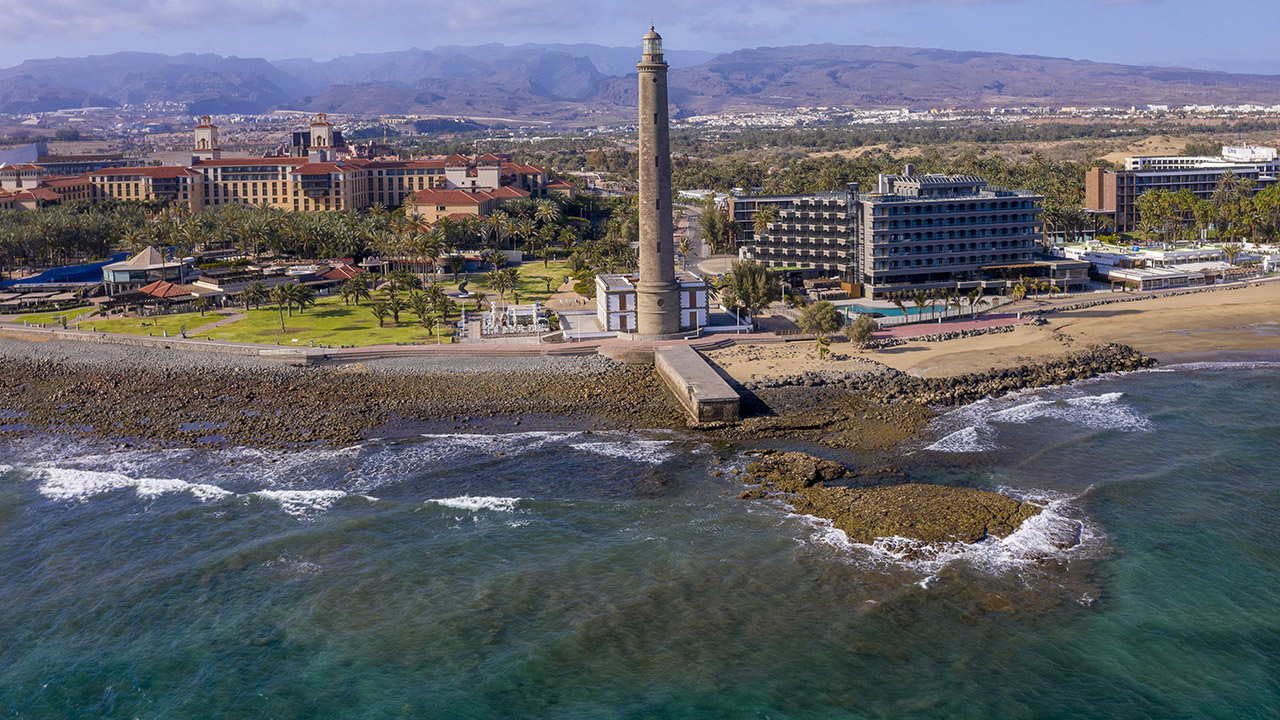
The lacework, embroidery and work by spinners and weavers were also taken abroad and became famous in England, the United States, Germany and France, above all in the early 20th century, perhaps because they looked like constellations, and also due to the beauty and symmetry of their geometric designs.
Canary Island knives glitter in one corner. Known as ‘nifes’, a Canary-word derived from the English word ‘knife’, they stand out for their cow or ram’s horn ringed handle in which metal blades are embedded. Protected behind glass, their blades are no longer used to slice cheese, or cut loaves of bread cooked in a stone oven, or ropes. In this golden place, the night is only cleaved by the fleeting beam from the lighthouse.
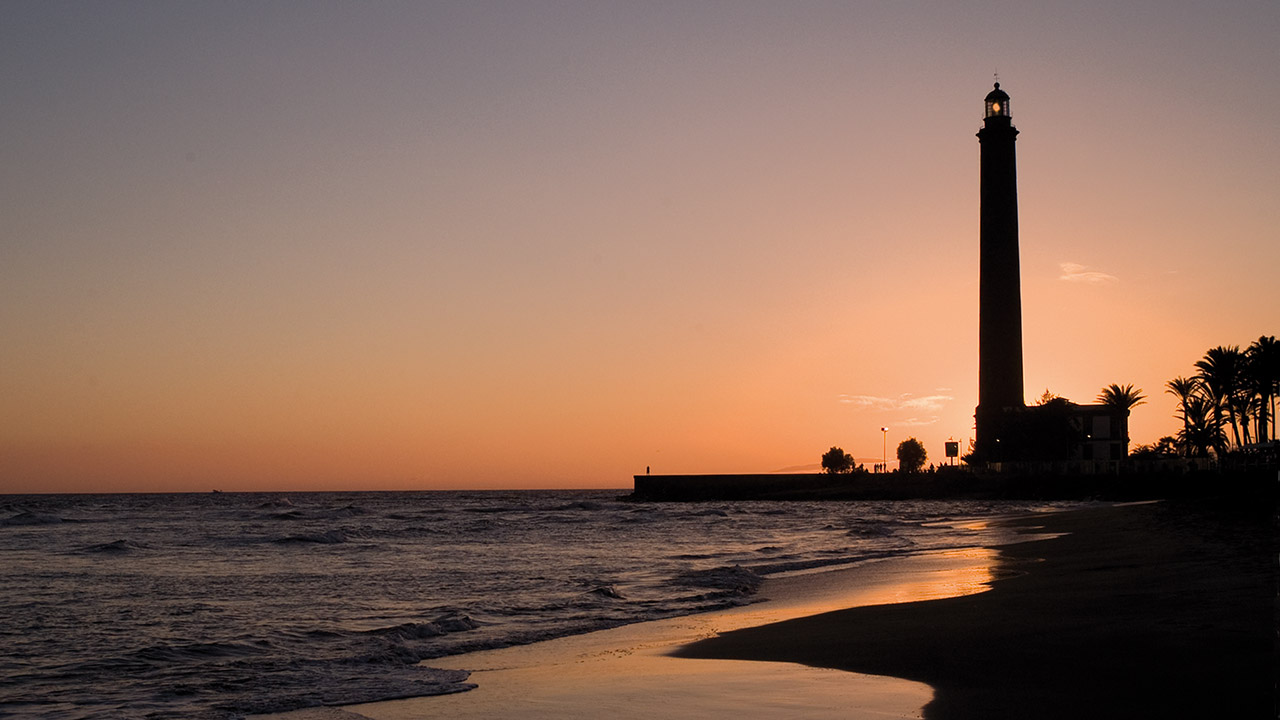
Practical information
Address: Plaza del Faro, 15
(35100) Maspalomas
Opening hours: Monday to Sunday from 10.30 am to 5 pm.
Accessibility: A concerted effort has been made to remove communication and architectural barriers. Consequently, information is provided in Braille and multimedia files subtitled in several languages. In the same way, visitors are encouraged to touch the textures of certain objects.
Tourist Information Point: The Ethnographic Centre has an information point for foreign and local visitors. The Gran Canaria Cabildo has set this up to provide tourist information on the island’s towns, events and cultural centres, to raise awareness on the wealth of resources here.
Craft shop: Crafts made on Gran Canaria are on sale to help preserve these traditional professions. All crafts bear a stamp of authenticity. Products range from Canary Island knifes to ceramics, including hand-painted scarves or lacework.
Resources: To organise and provide the best quality and quantity of content, we have used the rich and varied craft production in the Gran Canaria Cabildo funds, looked after by FEDAC, the Foundation for Ethnography and Development of Canary Island Crafts, an autonomous organisation run by the Ministry of Industry, Trade and Crafts in the islands’ government. There are approximately one thousand objects on show alongside extensive information on existing crafts in the different external documentary sources, with a particular emphasis on the writings of various travellers who stopped off in the Canary Islands and described scenes from the traditional world.

